
Autism and Cultured Foods
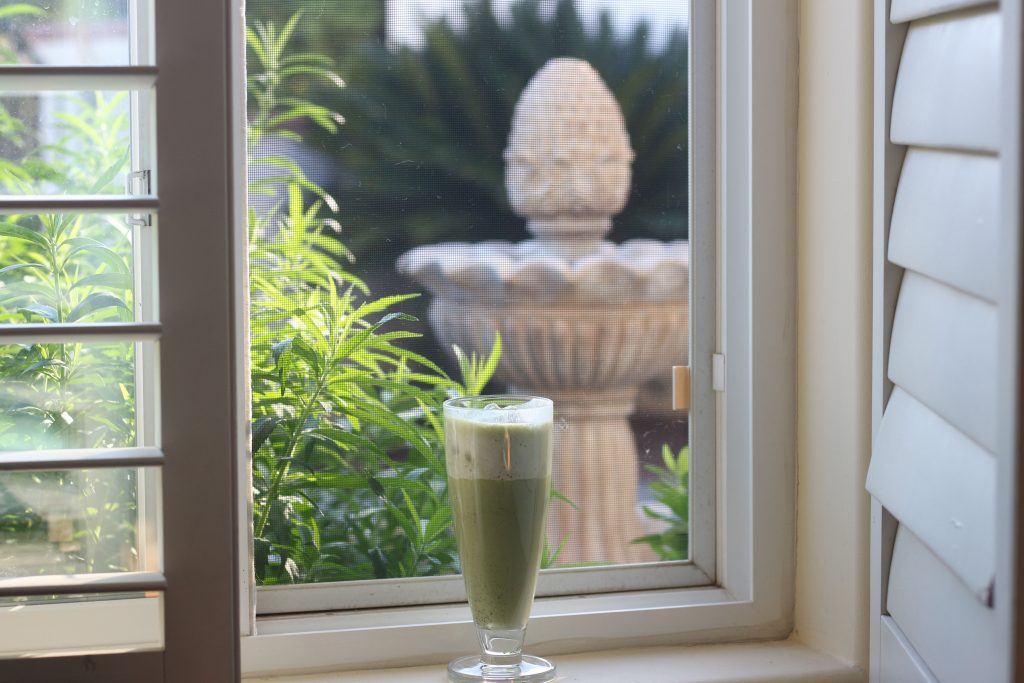
Her name was Mary and she changed my life the day I met her. It was the very beginning of my journey with cultured foods, and I was in hiding with my newfound knowledge. People didn't understand what I was doing, and the thought of letting food ferment on your counter for days at a time . . . well, it sounded crazy to people and they let me know they thought I was nuts. So I decided I wasn't going to tell anyone what I was doing. Nobody could have convinced me that these foods were bad. They had healed and made me well and I was so grateful. My own body had shown me the power of making probiotic foods and there was no turning back for me. But I didn't like ridicule, so I kept quiet until one day I met Mary. Our kids were in a drama class together, and I had brought some cultured vegetables and kefir with me to class. When she saw it, she asked me what it was, her eyes lit up, and I thought, "Oh no, here it comes." But instead, she started sharing with me how these foods had changed her boys who were severely autistic. So miraculous was the change in her boys that I could hardly tell they had any tendency towards autism. They were bright and smart and I loved them. She shared with me her journey and how much these foods had helped her boys, along with exercise and therapy, and we became fast friends. Every week we would sit and talk about bacteria and all it could do. Mary was so smart and had such knowledge that I sucked it up like a sponge. I finally had a friend who understood my love for microbes and it felt like pure joy to me. These foods hadn't just changed me and my family, they'd changed Mary's family, too, and we were on to something. The stories she told me of her boys convinced me early on that I needed to learn as much as I could about these cultured foods. Mary gave me the courage I needed to spread the good news that cultured foods worked, and for that, I will always be grateful. Her life experience with autism and cultured foods was a mighty thing to behold; and years later, research is catching up with what Mary knew for sure - probiotic foods work for autism.
The trial that was so successful, it failed
One study on autism that really made an impact on me was done by food microbiologist Glenn Gibson at the University of Reading. It is referred to by some people as “the trial that was so successful, it failed.” The study was done with 40 autistic children all between the ages of 4 and 13 years. Each child was randomly placed in one of the two groups. For three weeks, one group was given a probiotic supplement with the species Lactobacillus Plantarum, which is abundant in cultured vegetables. The other children were given a placebo. After three weeks, the researchers planned to switch what each group was receiving, supplement or placebo. However, the parents of the children taking the probiotic saw such positive results that they knew which group they were in and refused to switch to the placebo. They saw too many improvements in not only digestive health but also mental and behavioral health that they said it was heartbreaking to have to stop their child from taking the probiotic. The children were calmer and had a greater ability to listen and concentrate. The trial had such a large dropout rate that it was discontinued.1
In another study, which was done on mice at the California Institute of Technology, researchers found that mothers who had an induced infection or inflammation during pregnancy had offspring with autism-like behaviors, such as social avoidance, anxiety, repetitive actions, and GI disorders. The researchers fed these mice Bacteroides fragilis, a bacterium that has been used as probiotic therapy in animals with GI disorders and is also found in a healthy human gut. The result? The behavior of the treated mice changed. They were more likely to interact with other mice, had reduced anxiety, and were less likely to become aggressive.2
Different gut flora in autistic children
Kids with autism have bee found to have different gut flora.3 The pathogenic bacteria called "Clostridia," as well as the lesser-known bacteria called Sutterrella was abundant in their guts. One study done by The Ohio State University Wexner Medical Center’s Nisonger Center 2017 4 showed that restoring the gut flora with a mixture of healthy bacteria can help change GI disorders that often accompany autism, and there is also a huge brain-gut connection in which microbes play a big part. Not only do bacteria help us digest our meals properly, but as the microbes break down food, they release waste products that travel through our bloodstream to the brain and impact our mood by stimulating the vagus nerve which affects the brain. Many of the bacteria waste products are neurotransmitters that have the ability to influence our moods in both those with autism and those without it. Anxiety, depression, hostility, and improving problem-solving can often be helped greatly by changing the bugs in our gut. Certain bacteria in the gut release serotonin and gamma-aminobutyric acid (GABA), both of which can change the mood. I have witnessed this first hand.
Mary fed her boys tons of kefir and cultured vegetables and they got lots of exercise which helps your microbes, too. Those boys transformed, and not just a little; it turned their lives around. I have another story that a mom sent to me that I'd love to share with you.
You can also find her story (and many others) on my Lives Touched page.
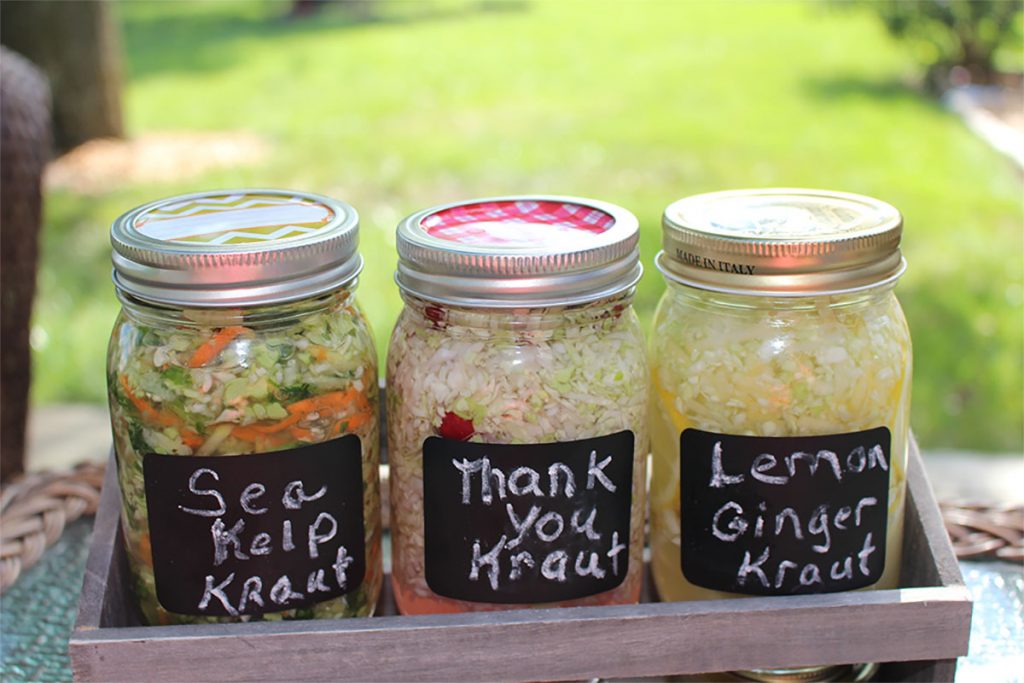
Rebecca Willis
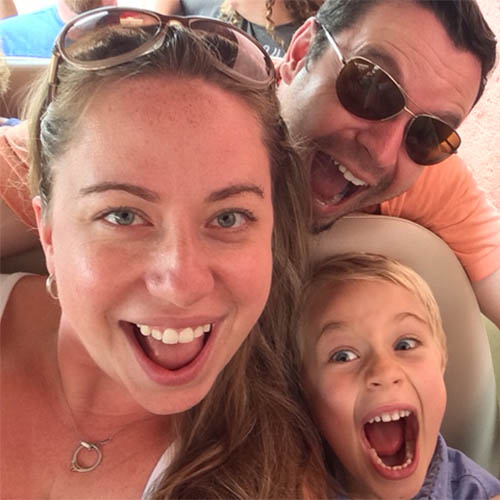 "Hi there, Donna! I bought milk kefir grains from you back in early 2014 after watching your moving testimonial video. My son, Hudson, was 4 years old at the time and had recently received a PDD-NOS diagnosis (which is a non-specific autism spectrum diagnosis) and I was desperately researching possible causes of this frustrating syndrome. He was always a sweet child but had chronic constipation, behavioral problems, and severe learning disabilities. When I started him on milk kefir, he was only able to label people and things when I pointed to them; that was the extent of his communication abilities. The first night after giving both of us kefir in the form of chocolate protein shakes, I put him in bed with me out of fear of the dreaded Herxheimer reaction. I had some mild reactions myself, but what was very scary for me was waking up to Hudson wheezing and sounding like he couldn’t get any air into his lungs. I jumped up, put on shoes and buckled him into his car seat and we took off for the ER at the children’s hospital. Midway there, I heard a little voice singing in the backseat . . . so I pulled over, peered back at him and he was just smiling back at me and singing. That was the only day that he had a scary reaction from the die-off, but it still sticks out in my memory because it showed me the battle that was happening in his body with the introduction of an army of good bacteria. Two weeks after that day, Hudson began speaking in full sentence . . . TWO WEEKS. I could not even believe what I was hearing! After that, I became a kefir prophet myself and my whole family started making and drinking kefir. Hudson is now almost 9 years old and is thriving! He is telling gross jokes and acting like a neuro-typical immature boy and I couldn’t be happier. In terms of his learning, he has become an avid reader and never wants us to tell him how to pronounce a difficult word . . . he tried for at least 5 minutes the other night to pronounce “unconscious” and finally allowed me to tell him, after which he repeated it incredulously and laughed hysterically. He is also a math machine and prides himself on already knowing many of his times tables. Physically speaking, we have gone from weekly enemas to address his once-chronic constipation to never needing them. We still need to get him tested for food sensitivities again, but I have let him try some foods that he was previously sensitive to and he doesn’t have as many problems as he did before.
"Hi there, Donna! I bought milk kefir grains from you back in early 2014 after watching your moving testimonial video. My son, Hudson, was 4 years old at the time and had recently received a PDD-NOS diagnosis (which is a non-specific autism spectrum diagnosis) and I was desperately researching possible causes of this frustrating syndrome. He was always a sweet child but had chronic constipation, behavioral problems, and severe learning disabilities. When I started him on milk kefir, he was only able to label people and things when I pointed to them; that was the extent of his communication abilities. The first night after giving both of us kefir in the form of chocolate protein shakes, I put him in bed with me out of fear of the dreaded Herxheimer reaction. I had some mild reactions myself, but what was very scary for me was waking up to Hudson wheezing and sounding like he couldn’t get any air into his lungs. I jumped up, put on shoes and buckled him into his car seat and we took off for the ER at the children’s hospital. Midway there, I heard a little voice singing in the backseat . . . so I pulled over, peered back at him and he was just smiling back at me and singing. That was the only day that he had a scary reaction from the die-off, but it still sticks out in my memory because it showed me the battle that was happening in his body with the introduction of an army of good bacteria. Two weeks after that day, Hudson began speaking in full sentence . . . TWO WEEKS. I could not even believe what I was hearing! After that, I became a kefir prophet myself and my whole family started making and drinking kefir. Hudson is now almost 9 years old and is thriving! He is telling gross jokes and acting like a neuro-typical immature boy and I couldn’t be happier. In terms of his learning, he has become an avid reader and never wants us to tell him how to pronounce a difficult word . . . he tried for at least 5 minutes the other night to pronounce “unconscious” and finally allowed me to tell him, after which he repeated it incredulously and laughed hysterically. He is also a math machine and prides himself on already knowing many of his times tables. Physically speaking, we have gone from weekly enemas to address his once-chronic constipation to never needing them. We still need to get him tested for food sensitivities again, but I have let him try some foods that he was previously sensitive to and he doesn’t have as many problems as he did before.
In terms of my own kefir journey, I have not been as consistent with it, but I always notice marked improvement in my bowel habits, overall health, and my outlook on life when I’m having kefir at least every other day. I recently got a hypothyroid diagnosis, so I am taking the consistency with the kefir routine much more seriously now.
Something else that I have tried, without the advice of a doctor, just because I thought it was worth a shot, are kefir whey implant enemas. My thought stemmed from the idea of fecal transplants and the idea that if someone’s probiotic bacteria load has been ravaged by antibiotics, it will affect the entire digestive tract, not just the upper part. I don’t trust anyone enough to use their poo for that (nor would I trust the medical community to select someone suitable), so I thought of the kefir. I decided that milk solids would inflame the lower digestive system, but maybe whey would be OK? (I’m sure many people have decided I am cuckoo at this point in the story.) I started on myself first and tried one enema per week for about two months. After just two rounds, I noticed increases in energy, started feeling hungry in the morning for the first time ever, and started losing weight without even trying. I also noticed that my wedding ring got looser and my stomach stuck out less, which indicated that I was retaining less water and was, therefore, less bloated. The effect on my bowels has been astounding and has even had positive effects on my mood! My husband was so amazed by my experience that he tried it and it has cured his decades-long chronic indigestion and has allowed him to start eating certain foods he could not eat before without stomach pain and never-ending gas! There are still some foods he cannot tolerate, but the changes have been noticeable. My hope is, since these are living probiotic bacteria, that one day we won’t have to do the enemas anymore at all. For now, we are happy to do them once per week and it has almost become a competition to see whose body can produce the most happy growls and gurgles.
I hope you rest easy every night knowing that you have changed innumerable lives, many of which will never be able to thank you directly, face-to-face. Thank you for sharing your story with the world and choosing such a worthwhile vocation - to share your knowledge, experience, and life-saving probiotic cultures. Together, we can heal our sick, tired, and sad society . . . one kefir grain at a time!"
Make Your Own Probiotic Foods
I can’t tell you how important I think cultured foods are for autism and many other childhood diseases. We aren’t talking about drugs; we are talking about food—cultured foods. You have to feed your children something, so why not try and add cultured foods to their diets? It could make all the difference, and just like Mary, Rebecca, and the parents in the University of Reading study you would need no further evidence. Your own life experience will teach you which is the sweetest way to live your life. Your body is here to serve you and those 100 trillion microbes that call you home only care about one thing, and that is you. Let them teach and assist you on this journey of life, it could make all the difference.
If you’d like to get started, pick the cultured food that most interests you and check out these pages to get going. It’s easy, and if you need help and encouragement then there is help for you here at Cultured Food Life. We’re in the business of helping people find hope and healing.
The Trilogy — 3 Cultured Foods
Kefir
Making kefir is quite simple and a lot of fun. You can make kefir with a variety of milks, be it dairy or non-dairy. Kefir has more probiotics than any other cultured food. You'll get 50+ probiotics and save lots of money making your own kefir. It takes 24 hours and ferments on your counter. Kefir is worth the effort!
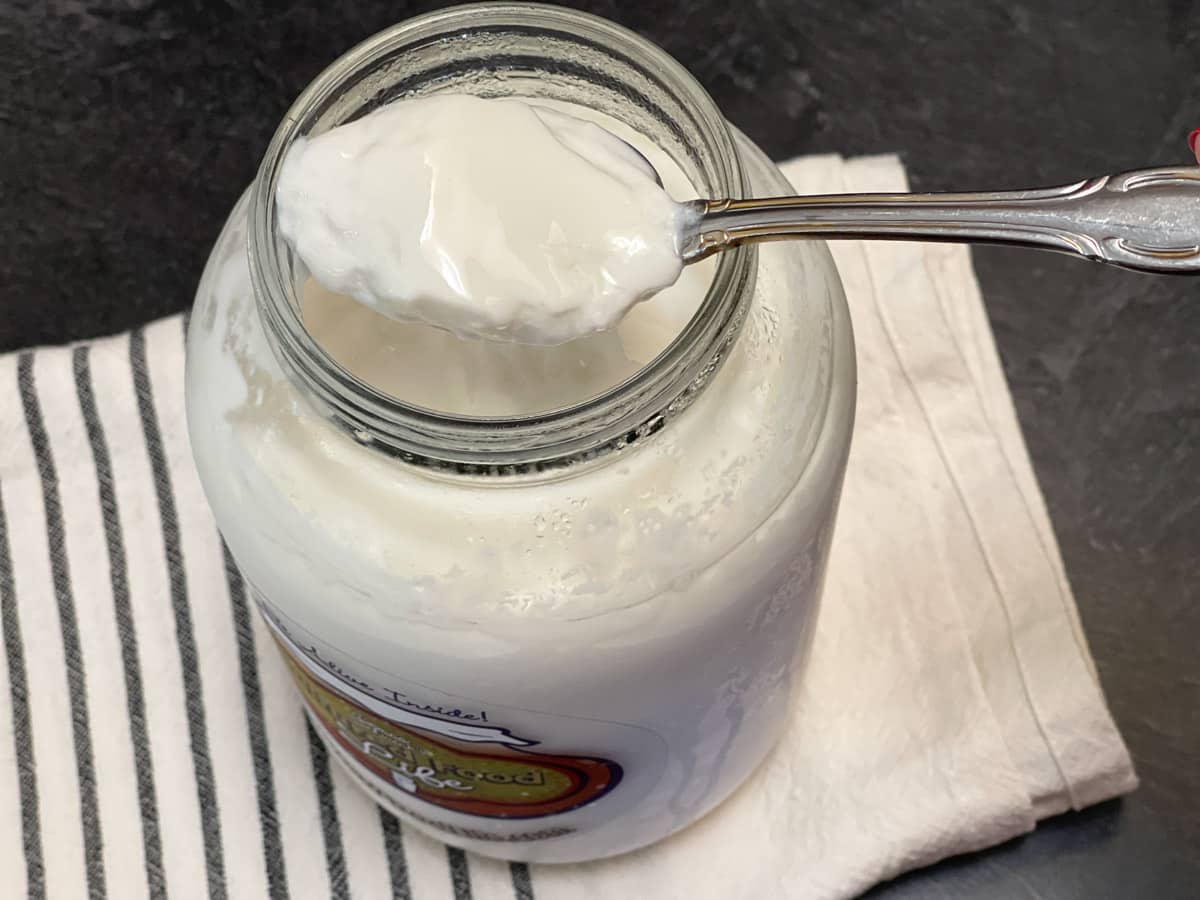
Kombucha
Making your own Kombucha may seem a little scary at first, but I assure you it’s quite easy. Just follow these easy steps, and you’ll be brewing your own Kombucha tea in no time! I have lots of fruit flavored varieties too!
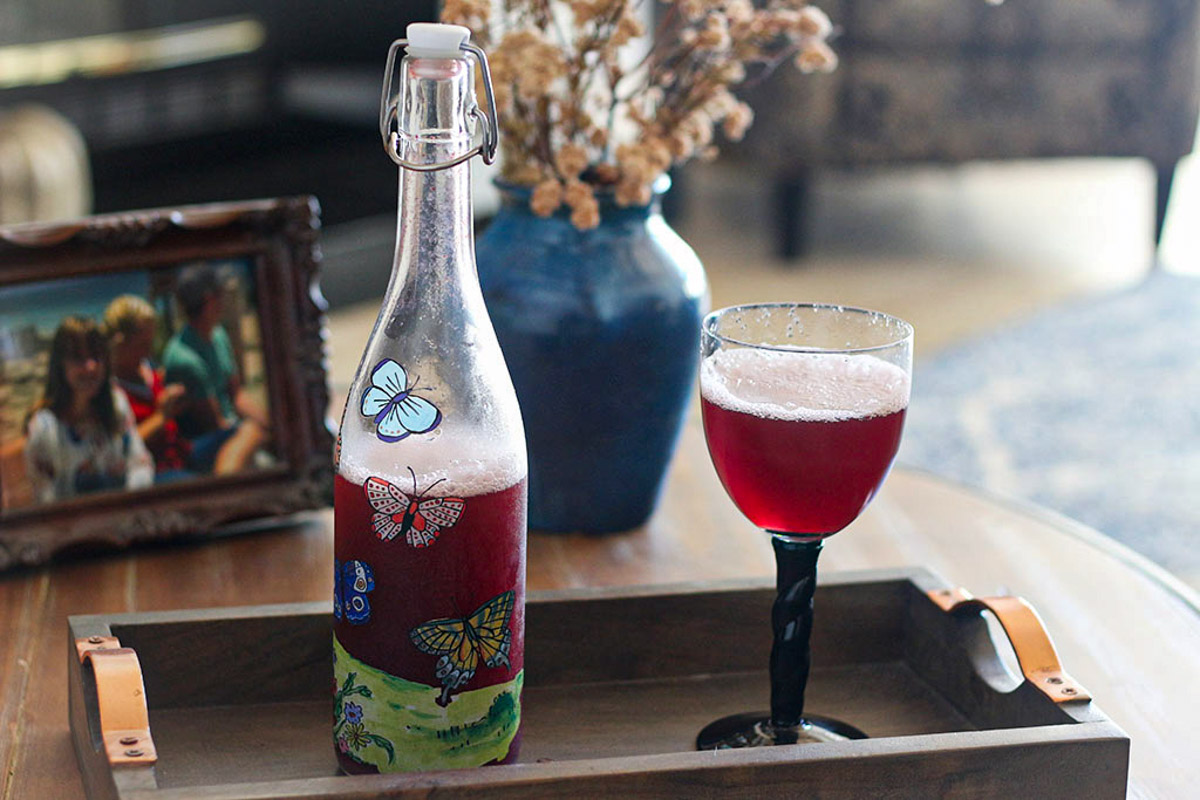
Cultured Vegetables
You can culture all kinds of vegetables and they're fun and easy to make. Just a spoonful has more probiotics than a whole supplement bottle. Grow your own probiotics and get more benefits, save money, and enjoy the many flavors you can create.
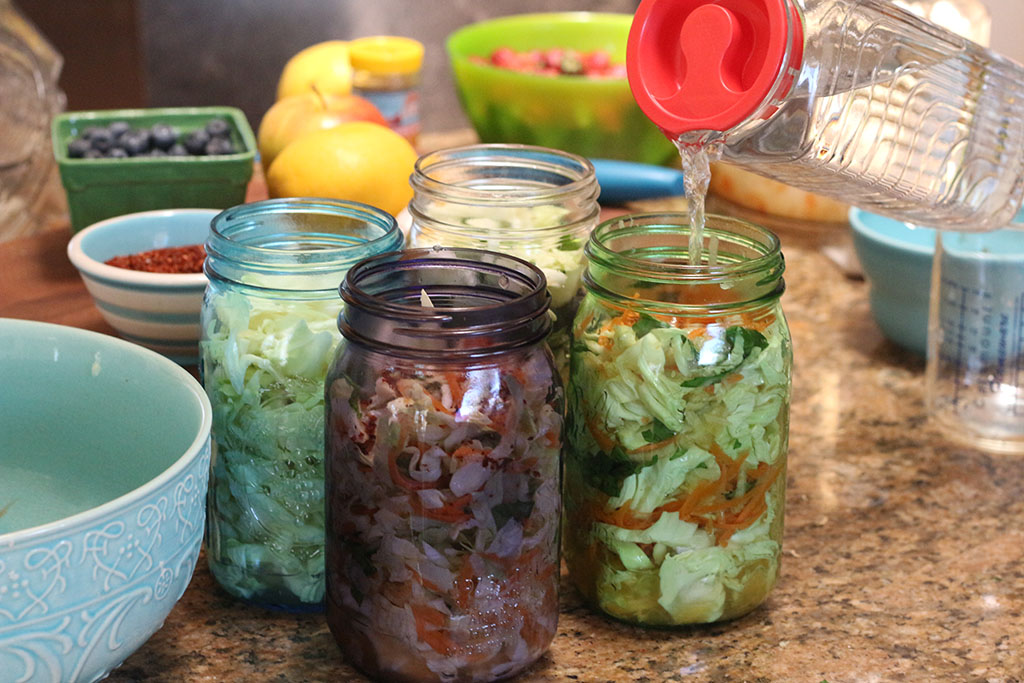
HMOs
One of the most important bacteria you have is called Bifidobacteria. It is the one your mother gave you at birth. Bifidobacteria become the predominant (95%) microorganism in the intestine within a week after birth. [6] They call it the young bacteria and it is extremely important for adults too, although it often diminishes when it doesn't have to. These beneficial bacteria digest dietary fiber, help prevent infection, activate your immune system to fight pathogens, and produce vitamins and other important chemicals. Having lots of Bifido feeds your other bacteria too. Low counts of Bifidobacteria have been linked to many things such and autism, and other aliments. Bifido is what activates your immune system and especially in babies and children. There are many ways to restore this important bacteria and Human milk oligosaccharides (HMOs) are specific carbohydrates and essentially super prebiotics occurring naturally in mother's milk. Consuming HMOs is one of the best ways to make more Bifidobacteria. And no, you're not drinking human milk, but rather a prebiotic (specifically made by a process of fermentation) that creates more Bifidobacteria.
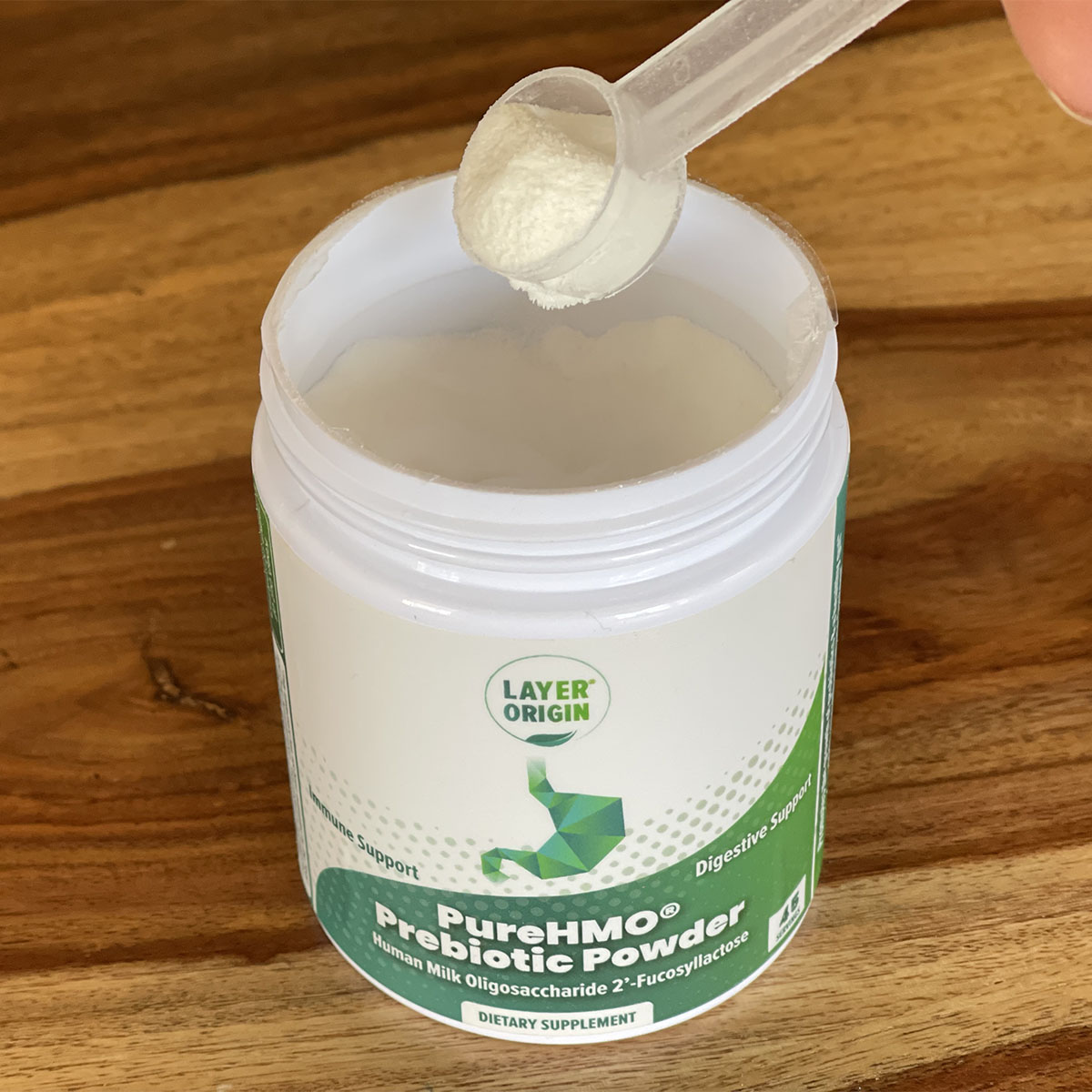
Listen To My Podcast
Research is now finding that children with autism have altered gut flora that needs restoring. Listen to the research and miraculous stories of how cultured food are helping those with autism. These are some of my favorite stories of healings.
References I talked about:
References:
- J. Scott and G. Gibson, “Probiotics and Autism,” Food Matters (2007)
- J.A. Gilbert et al., “Toward Effective Probiotics for Autism and Other Neurodevelopmental Disorders,” Cell 155, no. 7 (December 19, 2013): 1446–8
- https://www.ncbi.nlm.nih.gov/pubmed/12173102
- https://www.autismparentingmagazine.com/probiotics-benefits-for-autism/
- https://www.ncbi.nlm.nih.gov/pmc/articles/PMC4448301/
- https://journals.plos.org/plosone/article?id=10.1371/journal.pone.0263109
Are you on the list?
Sign up today and I'll send you my free Getting Started Guide!
Each week I'll send you updates, tips, recipes, and more! You might even be a winner of my weekly giveaway! (starter cultures, memberships, and more!)
Come be a part of my cultured food family!



 I'm sorry, but I do not ship my products outside of the United States.
I'm sorry, but I do not ship my products outside of the United States.